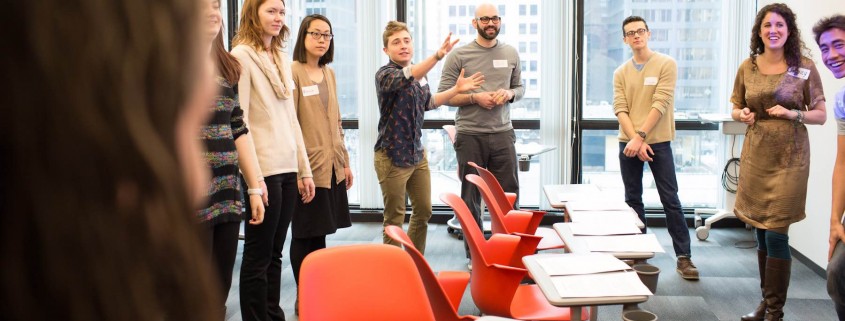Meeting Makeover
It’s 1:55pm. There’s a 2pm meeting at work. Maybe you are running it? Maybe you are dreading it?
Why do most meetings fail miserably and impart a sense of doom? And why, oh why, do we have so many of them?
Most people hate meetings because most meetings are run very poorly. How do you know if this is you? Consider these 4 things:
- Are people sharing and communicating openly, or are you doing all the talking?
- Do things actually get accomplished during and after your meetings, or is there a general sense of “I know nothing is going to happen after this meeting, so I might as well tune out?”
- Do people bring meals and large cups of coffee to your meetings because they know the meeting is going to last FOREVER?
- Do people frequently skip or conveniently miss a lot of meetings?
If you answered “yes” to any of these, not to worry! Here are a few tips to get you and your team on a better track.
One thing most leaders miss when they schedule a meeting is knowing what the purpose of the meeting is. What do you REALLY need to accomplish? When you think about the hourly rate of everyone in the room and the cost of that 30, 60 or 90 minute gathering, it might behoove you to take a closer look at various types of meetings and your desired outcomes.
Three of the most common types of meetings are:
- Meetings to build relationships
- Meetings to coordinate action
- Meetings for innovation
The desired outcomes of a relationship meeting might include celebrating a particular success on the team or within the company. Another outcome might be for everyone to get to know one another better and build trust. Relationship meetings are extremely useful and vital for building effective teams and always include some activities and sharing. They are more informal and don’t typically require notes or minutes.
Meetings for coordinating action are much more formal and, much to your delight, can often times end efficiently and effectively in a relatively short amount of time. Take some time ahead of your meeting to map out 2-3 desired outcomes, and designate someone to take notes and capture commitments. At the end of your meeting, make sure everyone is clear on their commitments and timeframes and you are done! No muss, no fuss. People will learn to enjoy drinking their coffee on their own time, rather than in your long, boring meeting.
Finally, you have meetings for innovation. Maybe it’s time to reinvent a product line or shake up your customer service standards. These meetings are super fun and engaging and the least formal of all three types of meetings outlined here. The key to successful innovation meetings is creating a completely safe environment where all ideas are heard and captured and NOTHING gets left behind. Every thought/idea/concept that everyone shares is captured for consideration. It’s helpful to have toys, music and food for these types of meetings – and flip charts are paramount. Leadership commits to next steps, open communication and clear deadlines to start implementing action.
Put an end, once and for all, to dull, meaningless meetings with your team. The results will speak for themselves. People will be more engaged and you will feel less dread over planning and running them. A win:win in our book.


